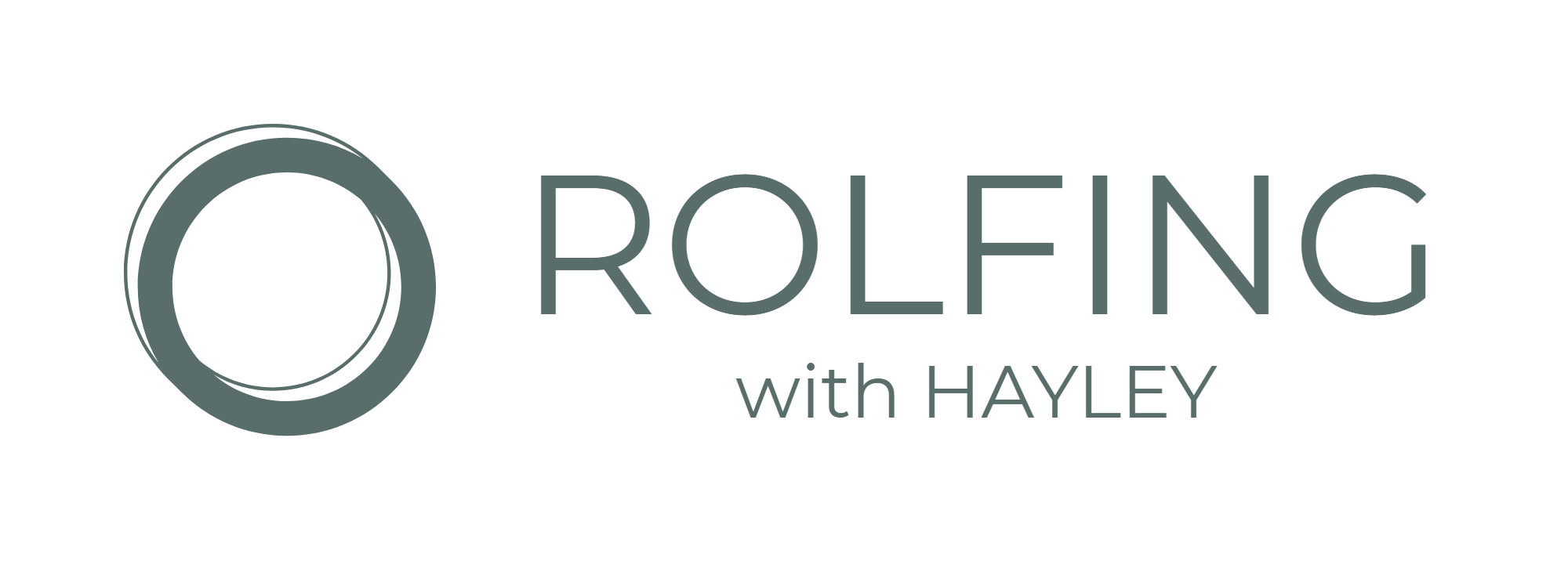What is a meniscus tear?
Approach a Meniscus Tear with the Fascia Science of Rolfing©
A meniscus tear is a cut in the cartilage that sits between the two bones that meet at the knee, there are two disks of meniscus here, one on the inside knee, one on the outside knee. This cartilage gets torn in all of us through wear and tear, a natural process of living. It can sometimes also tear through injury or tear to a point that it causes pain. When this occurs there is usually what I call a structural or postural element, which means there is a way we are using the knee that has contributed to the tear. So recovery is not just about getting the cartilage back in place and healing it, it’s also about addressing the postural element that led to the injury.
How can Rolfing© help a meniscus tear?
Ideally it is useful to have a meniscus tear diagnosed by your doctor first. If they can refer you for a scan, all the better, a scan can determine where the tear is, and the type and extent of the tear, and this can be useful information in deciding how to treat the tear. As a Rolfer (A Structural Integration Body Worker) if the meniscus tear has caused the cartilage to be dislodged, which often causes pain, I can help move the cartilage back inside the joint. I can also help the the body to re-align from the injury pattern or movement habit which caused the tear, so the body can heal and the chance of further or future injury is decreased.
The way we use our body '‘asks’ our fascia (our connective tissue) to arrange in a particular way, as Rolfer we work with our hands, knuckles and elbows to change the fascia patterns, which changes your movement patterns, and this can help recover and prevent injuries like meniscus tears.
Some people opt for surgery, particularly if there is a ‘bucket tear’ where part of the cartilage is folded over itself in the knee joint. The surgery removes the flapping cartilage. Physical therapy like Rolfing© can also help here to recover and change the pattern that may have caused the injury.
Either way, it does take a little time to recover.
More about Hayley’s experience recovering & working with meniscus tears below
My experience with meniscus tears
Meniscus tears can happen to anyone, not just athletes or professional performers. I have experienced two meniscus tears myself, one while in rehearsal as a dancer and the other when turning in the kitchen while cooking Christmas dinner. One was a straight tear and the other a bucket tear. I have also worked with clients with both kinds of tears. Experiencing the tears myself was painful, but they gave me a good insight in how to heal.
It was through my own tear that an Advanced Rolfer showed me how to slip the cartilage back inside the knee if it has slipped out, this is quick to do and something I have now helped others with.
The bucket tear I experienced, although these can heal without surgery, I opted for surgery because I needed to be back up and dancing sooner rather than later, and if you have the flap of cartilage that is in the way of the joint cut out, you don’t have to wait and rehab the knee to see if the flap will go back into a less painful position. I then rehabilitated the knee with the help of wonderful Dancer and Advanced Rolfer Hubert Goddard in Paris.
What was very exciting and a great relief about working with Hubert was that he has no meniscus in either knee - it was all surgically removed after dancing injuries, yet he was still dancing high level ballet when I met him, at 69 years old, amazing hey? Hubert taught me how to move in a way that did not rely on the meniscus or subject it to further injury. So I went from my crutches back to dancing in weeks and thankfully, have been injury and pain free for 6 years now. I am sure it might rear its head again but I have certainly learnt how to navigate the tears and work with them. And doing this work with Hubert made be re-imagine the doom filled dialogue I hear so much ‘there’s bone-on-bone and a knee replacement is the only option’. I know and have lived myself now, that there are alternatives and other ways through.
Having worked with clients with meniscus tears I realise how impactful it is to help the body come out of it’s worry and holding patterns first; the patterns it is using to protect the knee and the shock that is still in the body from the injury or lack of mobility. If we stay in these we can get secondary aches and pains in the legs, back and neck. Often helping a client to come out of this, they walk out of clinic having hobbled in, and the body begins to heal itself.


